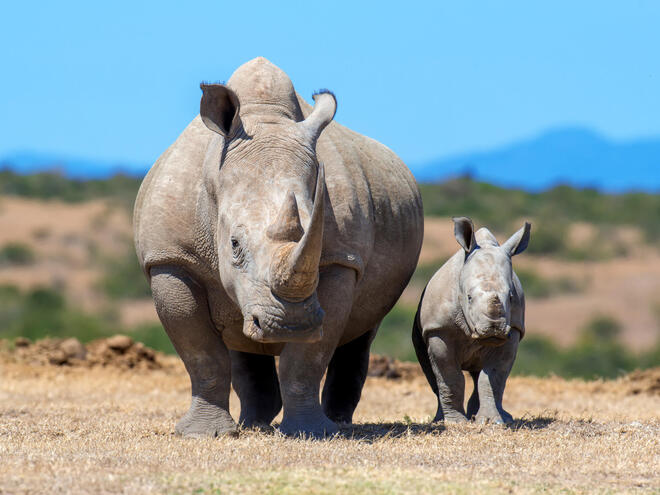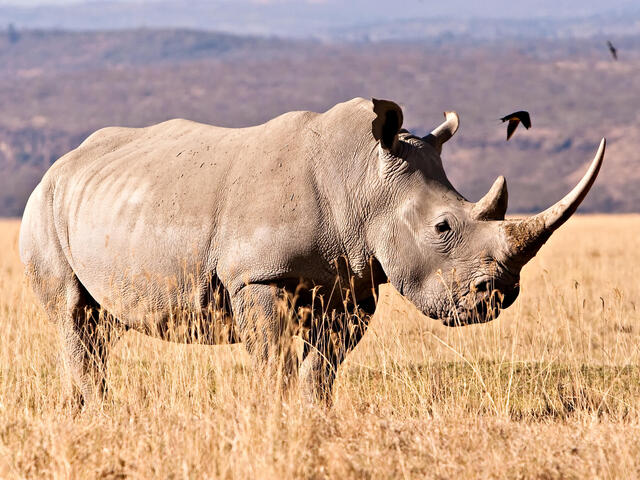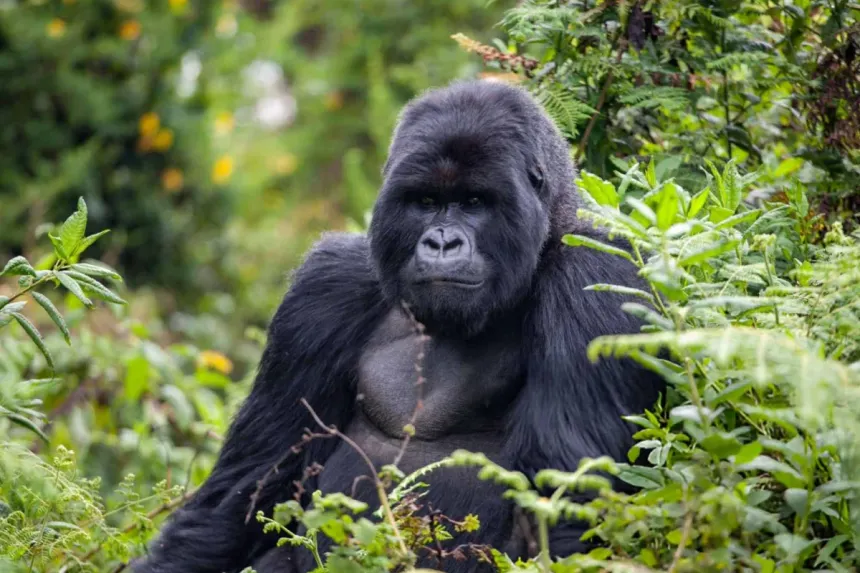Rhinos: Majestic Giants of the Wild

Rhinos are among the most iconic and awe-inspiring animals to roam the Earth. With their thick skin, horned snouts, and powerful build, rhinoceroses represent strength, resilience, and a wildness that is quickly disappearing. There are five species of rhino: the White, Black, Indian, Javan, and Sumatran, each with unique characteristics and habitats.
Despite their fearsome appearance, rhinos are herbivores, feeding on grasses, leaves, shoots, and fruits. The African species (White and Black rhinos) roam savannas and grasslands, while the Asian species live in forests and swamps. The White rhino is the largest of the five, weighing up to 2,300 kg (over 5,000 pounds), while the Sumatran rhino is the smallest and most endangered.
One of the rhino’s most distinctive features is its horn, which is made of keratin—the same substance as human fingernails. Unfortunately, this feature has also made rhinos the target of intense poaching, driven by the illegal demand for rhino horn in some cultures for traditional medicine and status symbols. This, combined with habitat loss, has pushed all rhino species to the brink of extinction. The Javan and Sumatran rhinos each number fewer than 100 individuals in the wild.
Rhinos play an important role in their ecosystems. As mega-herbivores, they help shape the landscape, create watering holes with their movements, and disperse seeds through their dung. Their presence supports biodiversity, making them keystone species.
Conservation efforts are underway worldwide to save these animals. Protected reserves, anti-poaching patrols, captive breeding programs, and international awareness campaigns have seen some success—particularly for the Indian rhino, whose population has been steadily rising thanks to protection in places like Kaziranga National Park.
Rhinos are more than just prehistoric-looking beasts. They are gentle giants, often shy and peaceful unless threatened. Preserving them is not only about saving a species but about respecting nature and ensuring future generations witness the beauty of these ancient animals.




